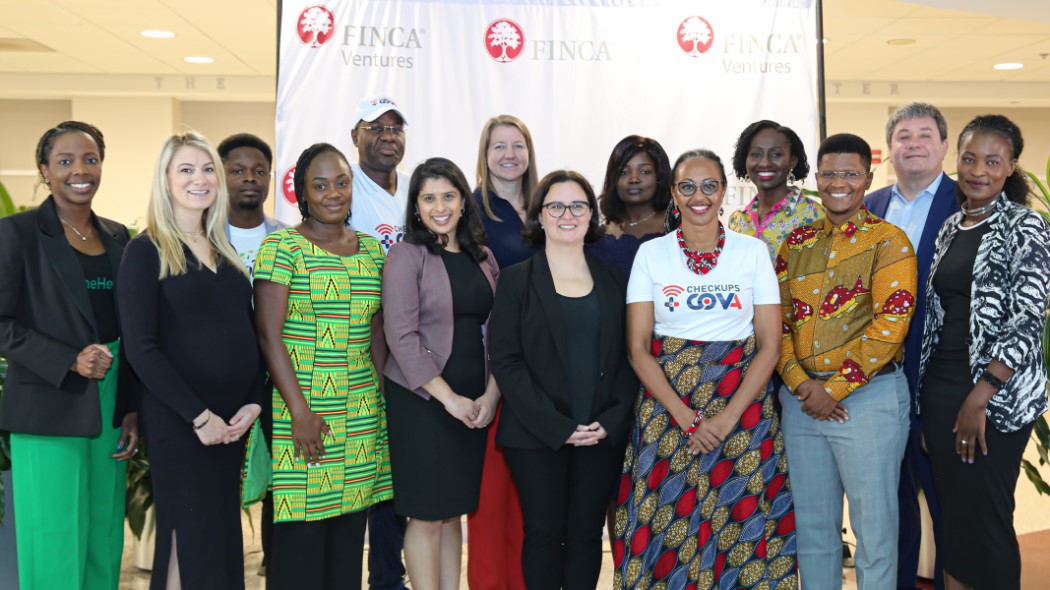Inequality is a big (and growing) society-wide problem. Fixing it is an opportunity.
“Some companies have really figured out how to draw a diverse talent pool, put together a team and achieve better results,” John Streur, CEO of Calvert Research and Management told Bloomberg. Calvert , the responsible-investing unit of Eaton Vance Corp. has more than $12 billion in assets under management. It factors gender, racial and income issues into all its decisions, Streur says.
To put a tangible body of research and practices behind the business case for inclusive growth, Morgan Stanley has released, “Inclusive Growth Drivers: The Anatomy of a Corporation.”
https://medium.com/media/d463b4e398c17e49adf8d48ba156c78a/href
If you’re a CEO running a major corporation or a new business founder looking for an edge, finding new ways to foster inclusion growth “can have a significant impact on the value of corporations,” says Audrey Choi, Morgan Stanley’s chief marketing and chief sustainability officer. Inclusive growth means that economic gains are broad-based, sustainable and provide opportunity across the full range of participants in the economy.
The macro case is even stronger. Countries with lower levels of inequality, for example, are more politically stable, creating a better operating environment for business and investment. And bringing historically excluded parts of the population into the economy expands the customer base available to businesses.
At the firm level, planning and acting to boost participation in the economy, says Morgan Stanley, can boost financial performance. By tuning into the risks and opportunities of inclusive growth, investors can boost returns.
Diverse perspectives
Inclusive Growth Drivers looks at key areas in which businesses can either help or hinder inclusive growth. Building a workforce more representative of the population at large, for example, has been shown to increase a firm’s cultural sensitivity, knowledge of the market and its corporate reputation. This can boost performance by lowering costs for human resources, increasing productivity and increasing revenues through enhanced innovation, market access and sales.
Production company MACRO, for example, the firm behind the Oscar-nominated film, Fences, just raised $150 million to develop programming that “authentically represents the multi-faceted spectrum” of our communities says founder Charles King. “One of my goals while I am still in the industry is to dispel this notion that movies that have people of color in them, that they won’t work. Because it’s just not true,” King told The Hollywood Reporter. Fences grossed $64 million and lead actress Viola Davis won an Oscar. It’s new film, Mudbound, was the biggest sale at this year’s Sundance Film Festival — to Netflix for $12.5 million.
Since 2011 North American companies in the top third of Morgan Stanley’s gender diversity model, for example, have experienced 2% higher average annualized returns that firms in the bottom third. Companies in the top quartile for racial diversity are 35% more likely to outperform their industry peers.
Investors themselves are coming around to the value of diverse perspectives. Barely one in 10 decision-makers in the venture capital world are women. A spate of recent female partner hires at venture firms like Khosla Ventures, NextView Ventures, General Catalyst Partners may signal a turning tide.
Untapped consumer bases
To the diverse workforce, “underserved populations represent untapped customer bases,” says the Morgan Stanley report. Low-income communities around the world have growing spending power and growing willingness to pay for products and services they find valuable. The world could add 2.2 billion middle-class consumers over the next decade or so. The middle class is already spending $35 trillion annually; spending could nearly double by 2030.
Studies in the Morgan Stanley report show that designing, marketing and pricing products for low-income consumers, can boost financial performance.
ShopRite’s successful expansion into Philadelphia-area food deserts (in part financing by Philadelphia-based Reinvestment Fund) serves up an example. By delivering customized food items and complementary services (in-store health clinics), the supermarket chain has tapped a $250 million market for quality food among 250,000 people, mostly of color, in low-income Philadelphia neighborhoods.
Racial equity is a growth market
Globally, mobile microinsurer BIMA, which recently raised $38.4 million from Leapfrog Investments and others, has designed financial products that have reached tens of millions of hard-to-reach consumers Africa, Asia and Latin America. In just the last year, BIMA, based in Stockholm, launched in Latin America and expanded services in Asia and Africa, adding nine million customers in Ghana, Tanzania, Senegal, Uganda, Cambodia, Bangladesh, Pakistan, Indonesia, Sri Lanka, the Philippines, Haiti, Papua New Guinea, Honduras and Paraguay.
One leading indicator of companies poised to tap the inclusion opportunity: presence of long-term shareholders. Firms backed by long-term investors tend to yield more inclusive compensation behaviors. “Short-term investment timeframes,” the report says, “have the opposite effect.”











